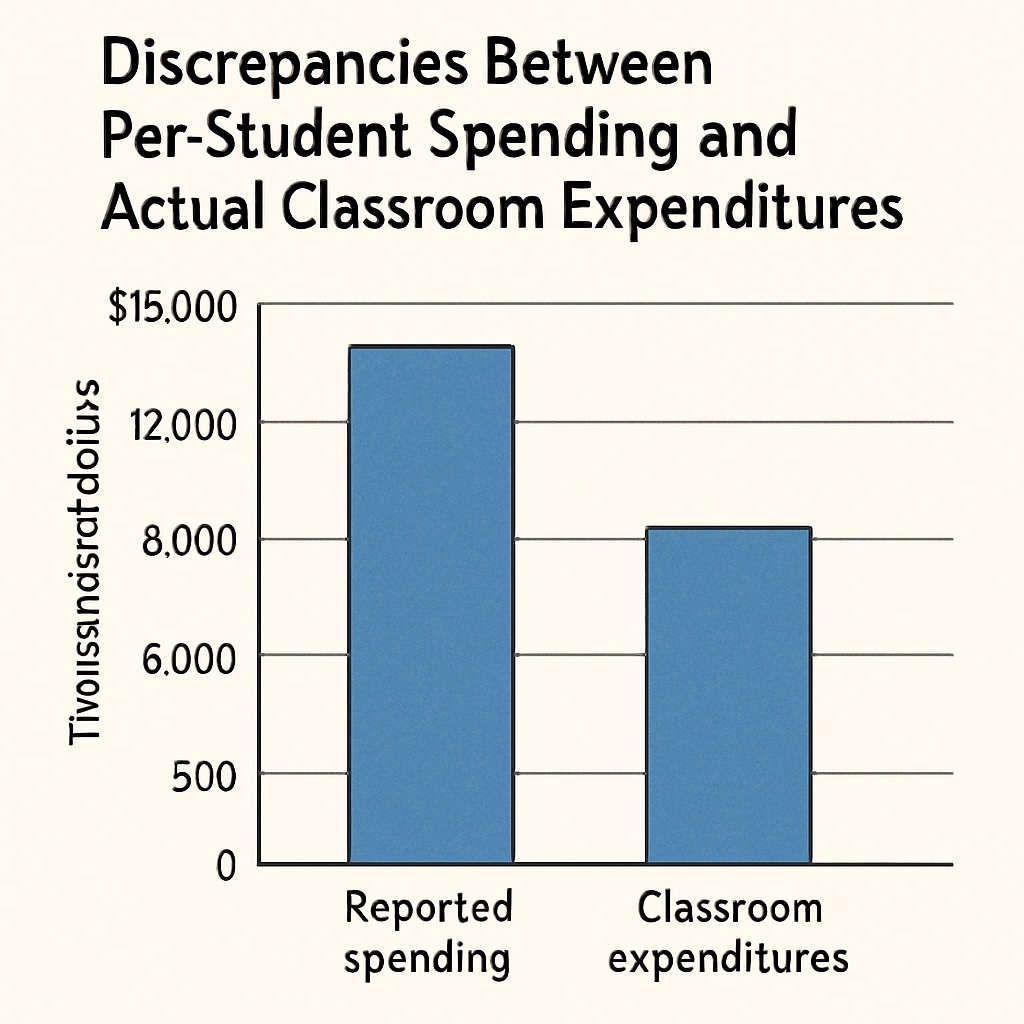Funding transfers, per-student spending, and school budgets are key metrics used to evaluate the financial health and equity of education systems. However, hidden beneath these statistics is a financial mechanism known as “funding transfers,” which can significantly distort the actual resources allocated to students. This practice raises critical questions about transparency in school budgeting and the implications for equity and policy-making.
How Funding Transfers Affect Financial Data
Funding transfers occur when school districts allocate funds to specific schools or programs but do not directly use those resources for student instruction or services. Instead, these funds are temporarily shifted within the district to fulfill accounting or reporting purposes. While this practice might seem harmless, it can artificially inflate per-student spending figures, creating a misleading picture of the actual investment in education.
For example, a district might channel additional funding toward a high-cost facility upgrade or administrative salaries while reporting these expenses as part of per-student spending. As a result, the financial data suggests that students are receiving higher levels of investment than they actually are. This discrepancy can mask resource inequities and hinder efforts to prioritize student needs effectively.

Impact on Educational Equity
When funding transfers distort per-student spending figures, it disproportionately affects schools in lower-income areas. These schools often rely on accurate funding data to advocate for additional resources. If the reported statistics suggest that students are already receiving sufficient investment, it becomes challenging to argue for increased funding allocation. As a result, these schools are left underfunded, perpetuating a cycle of inequity.
Moreover, inaccurate financial reporting undermines the principles of equity in education. Policymakers and stakeholders may make decisions based on skewed data, allocating resources to programs that appear successful on paper but fail to address the real needs of underserved students.

Policy Implications and Recommendations
The distortion of per-student spending metrics through funding transfers has far-reaching consequences for education policy. Policymakers rely on these statistics to make informed decisions about resource allocation, program funding, and educational priorities. If the data is flawed, the policies derived from it may fail to address the critical challenges facing the education system.
To combat these issues, transparency in financial reporting must be prioritized. School districts should implement standardized accounting practices that accurately reflect the resources directly benefiting students. Additionally, independent audits can help identify discrepancies and ensure accountability in spending practices. By addressing these challenges, stakeholders can work toward a more equitable and effective education system.
Key Recommendations:
- Adopt standardized reporting methods to ensure accurate per-student spending metrics.
- Increase transparency in funding allocation processes to prevent misuse or misrepresentation of resources.
- Conduct regular audits to identify and address discrepancies in financial data.
- Encourage collaboration between policymakers and educators to align spending with student needs.
As a result, addressing funding transfer distortions is not merely a matter of financial accuracy—it is a crucial step toward creating an equitable education system that serves all students effectively.
Readability guidance: This article uses short paragraphs, clear transitions, and lists to summarize key points. Active voice is prioritized to enhance engagement, and technical terms are explained for accessibility. Images are strategically placed to complement the text and provide visual context.


